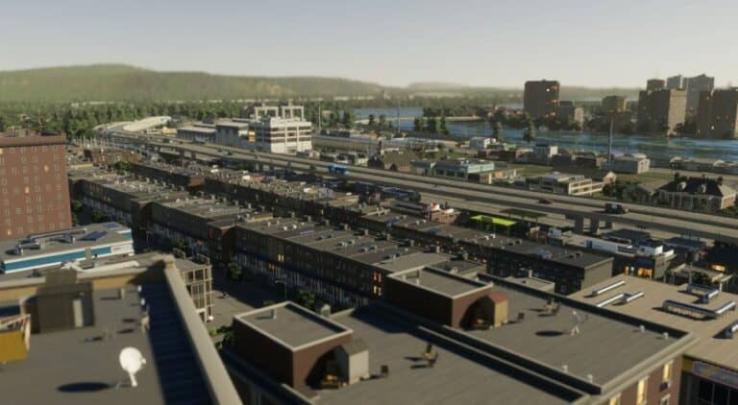
Updated: Oct 24, 2023 7:30 pm

Cities Sylines 2 players are finding that the game isn’t running too well on their hardware – despite having the GPUs and CPUs that more than meet the system requirements. As reported by Videogamer, as experienced by us as we test the game, we’re experiencing low FPS – circa 40 FPS at 1440p resolution. We are also seeing from our tests that there’s 95% CPU usage, which is incredibly high for this sort of game. This is resulting in a framerate of around 27 fps with an RTX 3090 in 1440p – unacceptable for this sort of game. Elsewhere, there are reports of ‘stuttering’ that detracts from the overall experience. As of yet, there’s no news as to whether or not a patch will land, but given the severity of the issues, we fully expect developers Paradox will release one. They are yet to announce anything on their social channels. It’s important to recognise that the last game was also hit by similar performance issues. A quick look at Steam discussions brings up complaints about the original game, Cities Skylines, getting around 30 FPS. At the time, one gamer wrote: “Yeah im rocking an NVIDIA GTX 1080 with 11gb of vram, 16gb ram, and an i7 8700k processor. im getting the same results and i can’t find out why.” While we’re confident Paradox will fix the issue, there are a few things, if not many, that you can do in the meantime. These should both tackle the low FPS issue as well as any stuttering – although they will likely detract from the overall visual quality of the game. It goes without saying that you want to make sure your drivers are up to date for this game. You can find the latest Nvidia drivers here. Also, make sure you have met the minimum, or ideally recommended, system requirements for Cities Skylines 2. Despite having the system requirements for the game, lowering both the resolution and the quality of the visuals will improve performance – although we realise this is not ideal. In particular, you want to focus on volumetrics and global illumination, which are both expensive in terms of CPU and GPU memory. Disable the former. Elsewhere, swap Animation Quality and Texture Quality to medium and Reflections Quality to low. This will degrade the image, but the game will still be fine to look at. While we were researching tips to help you get back in the action, we came across this performance tuning guide for the original game, which could be worth taking a look at. One thing they highlight is that the original game really ‘ate’ RAM, so one of the causes for the slowdown could be a lack of RAM, especially if you’re playing on laptop. We are seeing reports that playing in windowed full screen is improving performance, so this is worth a try. If you do see a boost, go back into the graphics settings and increase texture quality. Do not enable volumetric quality, as this will likely cause issues. For now, until a patch comes along, that’s all we would recommend to do. You can also report any bugs and performance issues to Paradox, which we highly advise you do, by visiting: forums.paradoxplaza.com. We’ll keep this page up to date if we hear of or discover any more fixes.
Ensure your drivers are up to date
Lower the quality settings
Change to windowed full screen






